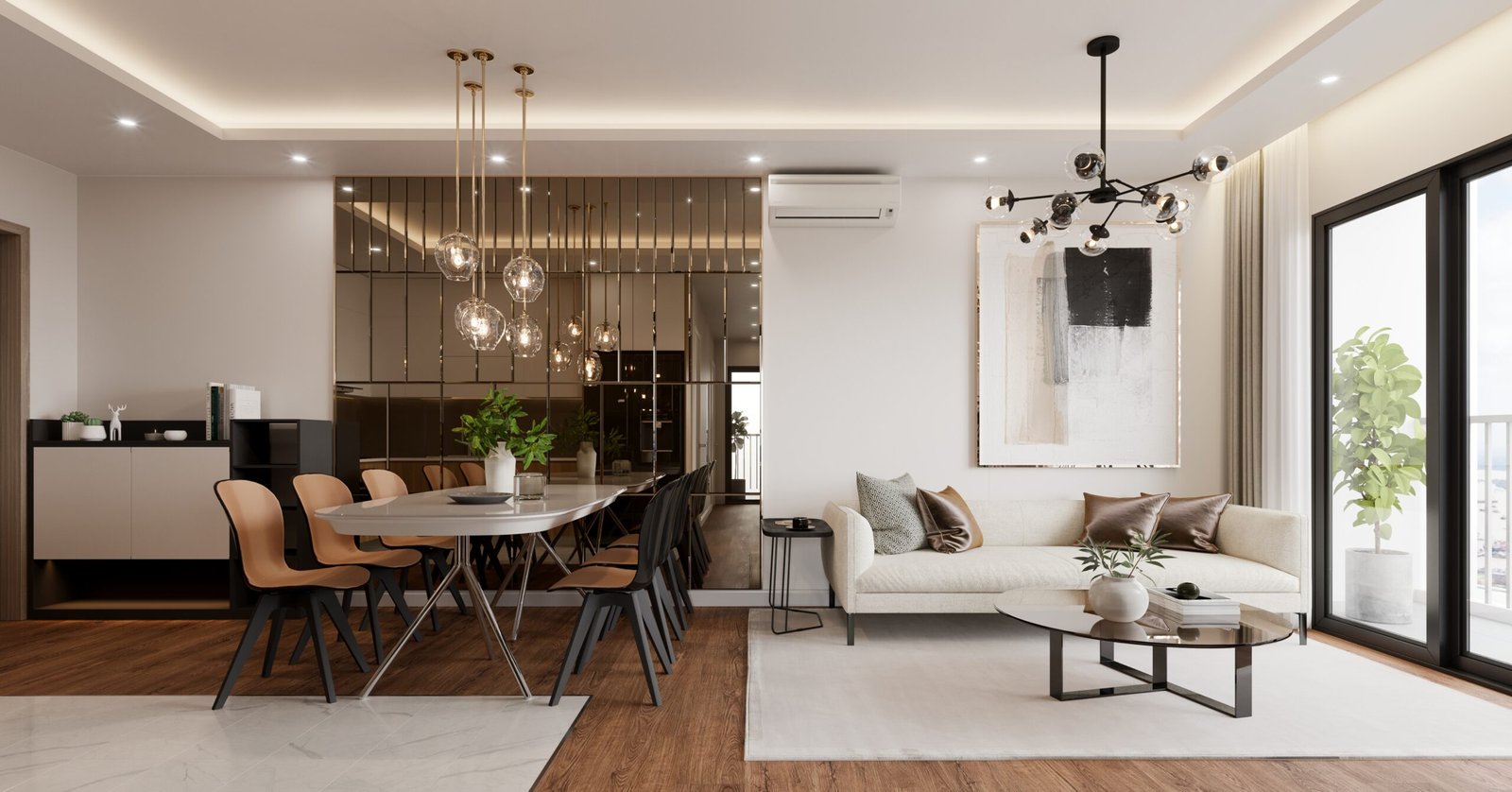5 elements of Interior design involves essential elements like shapes, colors, textures, patterns, lines, and space. These are the main components that help create a visually appealing and comfortable interior space.
What Interior Design is?
Interior design blends both art and science to improve the inside of a building, making it visually appealing and comfortable for those who use the space. Typically, an interior designer is responsible for organizing, managing, planning, and researching to achieve this goal. They focus on using the right design elements to optimize the space based on your preferences.

On the other hand, the construction company takes care of all the practical tasks, such as paying workers, handling manual labor, operating machinery, and providing materials like bricks, cement, electrical wiring, and anything else needed for the project.
5 Elements of Interior Design:
1. Lines
Lines in interior design can be horizontal, vertical, or dynamic, and they play a key role in shaping a room or space. Interior designers use horizontal lines to make a room look wider and longer, often drawing attention to a key feature. Vertical lines, like those from doors and windows, create the impression of height, making a room feel taller. Dynamic lines, such as curved, diagonal, or zig-zag patterns, grab attention and can be seen in elements like staircases.
2. Color
Color plays a vital role in interior design, as it can influence how we perceive a space, set the mood, and create a sense of harmony. For instance, shades like blue and green promote relaxation and are often used in bedrooms, while red is striking and commonly chosen for kitchens. Both natural and artificial lighting can change how colors appear throughout the day, affecting our perception of them.
3. Texture
Texture refers to the feel or surface quality of an object or material, and it’s an often overlooked element in interior design that can add depth to a room. There are two types of texture: actual and visual. Actual texture is something you can touch or see, often with a 3D quality. Visual texture, on the other hand, is what your eyes perceive. A skilled designer can recognize when a room feels incomplete, which is often due to a lack of texture. The arrangement of objects in relation to one another also adds contrast and highlights key features in the overall design.
4. Pattern
Pattern, combined with color, enhances the visual appeal of a room. Patterns are created by repeating designs and can be found in items like fabrics, rugs, cushions, and wallpapers. They come in many styles, such as geometric, organic, pictorial, striped, and even animal prints. When using patterns, it’s important to consider the size and style of the room. For instance, floral and organic patterns are great for traditional spaces, adding more charm to the overall design.
5. Space
Space is the fundamental element of interior design and forms the physical layout of a room. It is the key element around which other design elements are built. Space is divided into two types: negative space and positive space. Negative space refers to the empty or open areas, including gaps between objects, while positive space is filled by furniture or decor. How these spaces are used depends on the client’s preferences and the interior designer’s vision to create a balanced and functional design.
More interior decorating and styling ideas!
Don’t rush into choosing the first interior design that catches your eye. Take your time to discuss various decorating and styling ideas with your designer. Explore different color schemes, matching patterns, and how to make the best use of space according to your preferences before finalizing your design.




